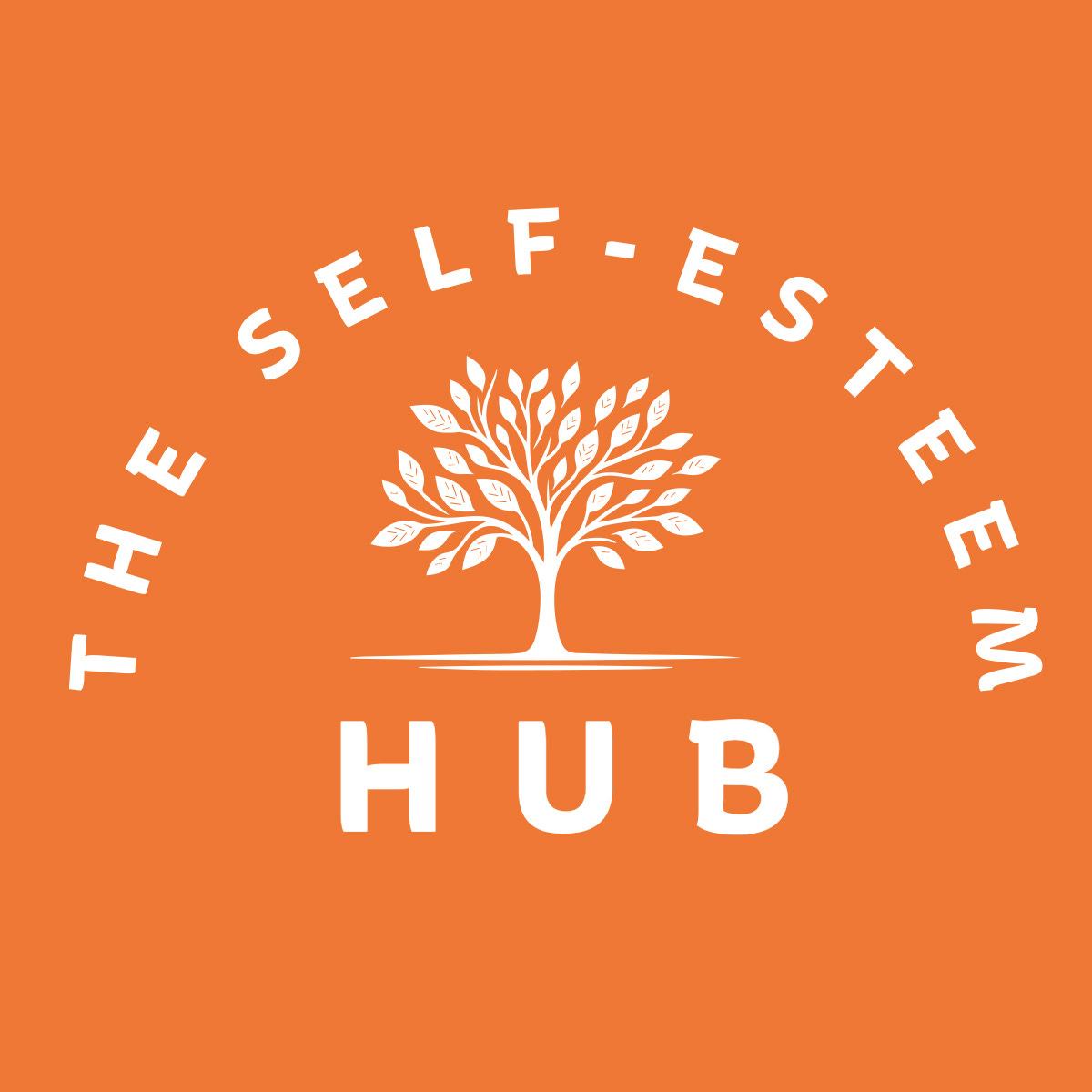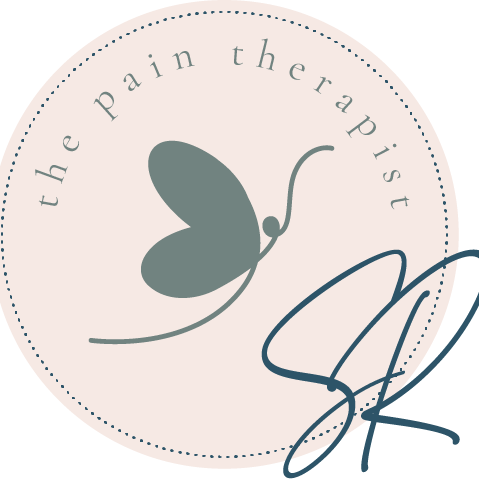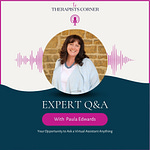Question
The biggest thing I struggle with for this topic is that my specialism is OCD. A lot of people with OCD, as you know, don't know they have OCD, they describe themselves in terms of being anxious. I want to capture that group alongside people who know or suspect they have OCD and might be searching on that. I do feel really passionately about helping parents manage their OCD so it is not passed down to their children (seen this so much from my work in CAMHS, in the past). I just don't know how to approach this in my marketing. Is it that I write to "anxious" parents in my marketing and not mention OCD at all? I think that is a bit to narrow and not exactly getting the OCD message across as also, helping adults before they have kids is also really important. Sorry for long message!
Here is Janes Substack - Sign up its so good!
And an even longer answer !!
You're absolutely right: many people with OCD don’t recognise it as OCD and instead describe themselves as anxious, overwhelmed, or stuck in their thoughts. That gives you a real opportunity in your marketing to speak to both groups — those who know they have OCD, and those who are experiencing symptoms without having the language for it yet.
Take your first step toward a fully booked, self-funding practice and consistent £5K months
Keep it simple…….
You don’t need to choose one or the other
— I’d suggest weaving both into your messaging. For example, you could lead with something like:
“If you’re feeling trapped in anxious thoughts, stuck in loops you can’t break, or find yourself doing things to feel safe — but you're not sure why — you might be experiencing OCD.”
That opens the door for self-recognition, while still supporting those who already know their diagnosis. You can also have dedicated blog posts or pages that focus more directly on parents, prevention, or generational patterns — especially since that’s an area you’re passionate about and experienced in through CAMHS.
✅ A good niche usually includes:
A general area of difficulty (e.g., anxiety, trauma, relationships)
A type of person or context (e.g., new mums, people-pleasers, creatives, neurodivergent adults)
A transformation or goal (e.g., feel less anxious, stop overthinking, enjoy relationships again)
🎯 For example:
"I help adults with high-functioning anxiety who are tired of overthinking everything and want to feel more present in their lives."
"I support parents who suspect they have OCD or anxiety to feel more in control, so their struggles don’t spill into family life."
You don’t have to only see those people — your niche is a marketing tool, not a clinical boundary.
✨ A few reminders:
You’re not “stuck” with a niche forever — it can evolve.
Niching can be broad (e.g., “I work with trauma”) or more focused (e.g., “I help adults recovering from religious trauma”).
You can have more than one “door in” — website, blog, or Substack content can speak to different client groups while staying consistent with your values and expertise.
If your niche helps someone say “That’s me”, it’s working. And if it still feels too tight or too vague, that’s often a sign you just need to test it with real language in your marketing.
How Specific Should Your Niche Be in Private Practice?
Niching is one of the biggest sticking points for therapists in private practice. There's often a worry that if you're too specific, you'll end up pushing people away rather than attracting clients. But here's the truth: the more specific your niche, the clearer your message — and the busier your practice tends to become.
When I started niching in my own business, I was nervous too. But experience — both my own and those I’ve supported — has shown that clear, specific messaging attracts more of the right people.
Take Sheena Ridings, for example. She’s a CBT therapist with over a decade of experience in a pain clinic and a personal connection to chronic pain. She was hesitant to niche down, but when she embraced her identity as The Pain Therapist, her clarity helped her stand out and build a thriving practice. Interestingly, her niche Instagram account about her hens grew far more quickly than her general therapy one — simply because it was clear who it was for.
Another Substack you’ll love! Created by Sheena
The same principle applies to your therapy work.
For example, if you're passionate about working with parents with OCD, your clients may not always recognise their difficulties as OCD. Many people don’t have the language — they might describe feeling overwhelmed, stuck in loops, or consumed by intrusive thoughts without realising it’s OCD. The average person with OCD takes 20 years to seek help.
So how do you market to them? You get specific — not just in diagnosis, but in the experience:
“Are you constantly checking?”
“Do anxious thoughts stop you from enjoying life with your children?”
“Do you feel like you have to do certain things ‘just right’ or something bad might happen?”
By speaking to the experience, you’ll connect with both those who know they have OCD and those who are still figuring it out.
On my own website, I focus on professional women with anxiety. Nowhere do I say “generalised anxiety disorder,” but I write with one ideal client in mind — someone I love working with, and who tends to do well in therapy with me. That clarity shapes everything from the tone of my site to the content I share.
👉 Download your ‘Find your Niche’ workbook below, available to paid subscribers only — but you can unlock it (and the full workbook) by upgrading today:
🔓 Click here to upgrade and access
Paid subscribers also get:
✔️ Access to all future trainings and templates
✔️ Support inside my private community, Therapists Corner, attend the Q&As
✔️ The full archive of Resources to help you go from your first step to fully booked and earning £5k+ months
Can’t wait to welcome you in!








